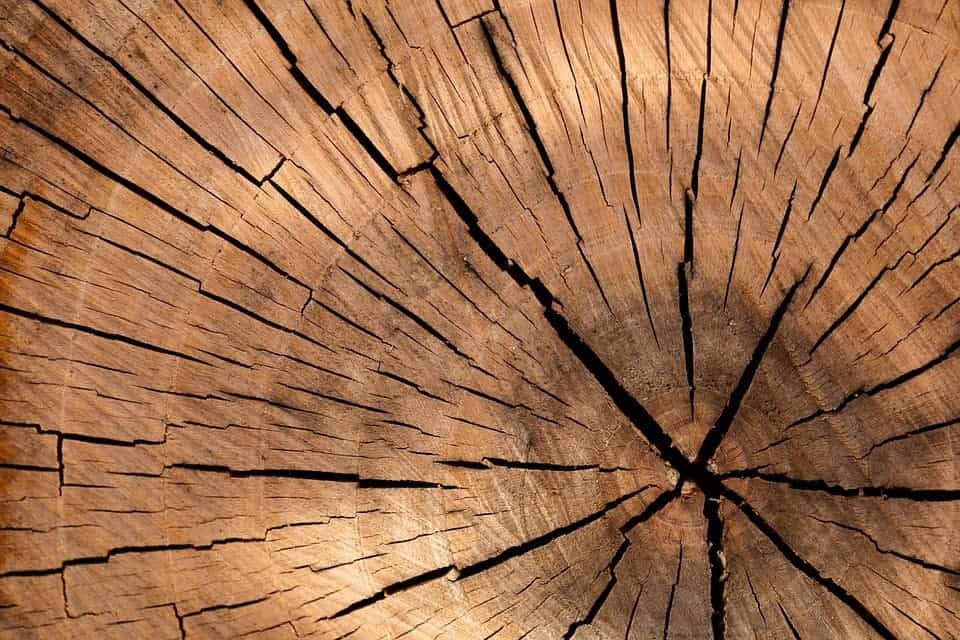The molecular structure of wood is what gives the material its strength and flexibility — and new research is uncovering its secrets.

New research from the Cambridge University’s Department of Biochemistry aims to understand what makes wood strong so that we know how to make it even stronger. The team hopes that their findings can guide future forestry breeding programs towards producing stronger wood than ever before — and support the renewed interest wood is receiving as an alternative building material to steel and concrete.
Wooden it be nice?
“It is the molecular architecture of wood that determines its strength, but until now we didn’t know the precise molecular arrangement of cylindrical structures called macrofibrils in the wood cells” says Dr Jan Lyczakowski, the paper’s first author from Cambridge University’s Department of Biochemistry.
“This new technique has allowed us to see the composition of the macrofibrils, and how the molecular arrangement differs between plants, and it helps us understand how this might impact on wood density and strength.”
While there is a will, we’re still lacking a way — wood simply has inferior mechanical properties to the materials we want to replace. Its main limitation comes in regards to the load bearing superstructures of major buildings. Here, wood simply can’t perform the task: it bends, and it breaks.
However, the team believes that the fault doesn’t lie with the material itself, but rather in our limited understanding of the precise structure of wood cells.
Wood is strong because each cell that makes it up is surrounded by a thick, hardy wall. This ‘secondary wall’ is constructed out of a mix of polymers, cellulose, hemicellulose, further reinforced with lignin. The team, which also included members from Cambridge University’s Sainsbury Laboratory (SLCU) used low-temperature scanning electron microscopy (cryo-SEM) to look at the nanoscale architecture of living tree cell walls. They were looking at the microscopic details of macrofibrils in the secondary wall, which are long molecules 1000 times narrower than the width of a human hair.
They collected samples from spruce, gingko, and poplar trees in the Cambridge University Botanic Garden. Each sample was flash-frozen to keep the cells in a life-like state, and then coated in a platinum film three nanometers thick to be viewable under the electron microscope.
“Our cryo-SEM is a significant advance over previously used techniques and has allowed us to image hydrated wood cells for the first time,” said Dr Raymond Wightman, Microscopy Core Facility Manager at SLCU.
“It has revealed that there are macrofibril structures with a diameter exceeding 10 nanometres in both softwood and hardwood species, and confirmed they are common across all trees studied.”
The researchers also looked at the secondary cell walls of thale cress (Arabidopsis thaliana), a plant that is used as a model organism in genetics and molecular biology research — the plant also showed the same macrofibril structures. Using several of these plants, each showing different mutations relating to the secondary cell wall and its formation, the team was also able to identify the role of specific molecules in the development of the macrofibrils. Based on their results, the team recommends thale cress as a suitable model for future forestry breeding programmes.
“Visualising the molecular architecture of wood allows us to investigate how changing the arrangement of certain polymers within it might alter its strength,” said Professor Paul Dupree, a co-author of the study in Cambridge’s Department of Biochemistry.
“Understanding how the components of wood come together to make super strong structures is important for understanding both how plants mature, and for new materials design.”
“If we can increase the strength of wood, we may start seeing more major constructions moving away from steel and concrete to timber.”
The paper “Structural Imaging of Native Cryo-Preserved Secondary Cell Walls Reveals the Presence of Macrofibrils and Their Formation Requires Normal Cellulose, Lignin and Xylan Biosynthesis” has been published in the journal Frontiers in Plant Science.









